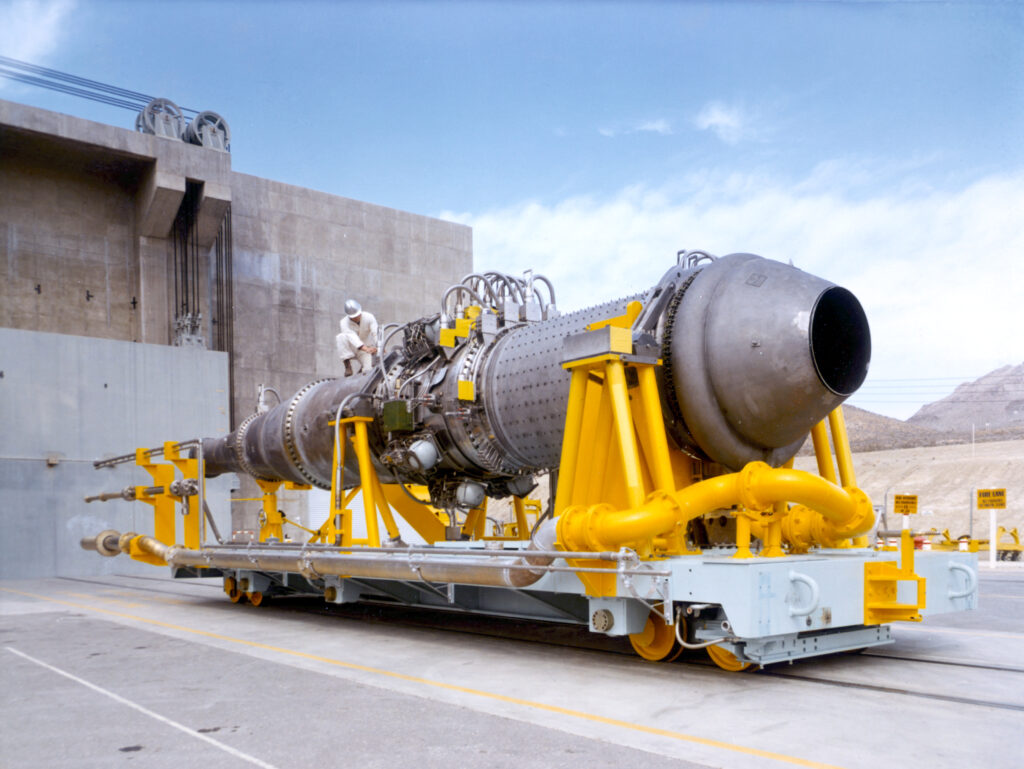Putin Announces Burevestnik Success

Vladimir Putin reports a successful test of the Burevestnik nuclear-powered cruise missile. He says that it covered 14,000 kilometers.
There have been 13 tests according to the BBC, most of which have not been transparent to the outside world, including this last one. No video, which I would have thought would have accompanied a successful test.
One test was a disaster in which they released radioactive contaminants and killed seven of the project’s engineers and technicians.
I have my doubts, although I won’t say this is impossible to build. I’ve detailed some history and the difficulties here, when Putin first announced his new weapons. There’s more here, and a couple of posts (here and here) from last year. Some thoughts on the Nenoksa explosion, of which I have a few more now. BASIC has a very good writeup in which they say nice things about me.
Burevestnik is supposed to be powered by a nuclear reactor that supplies the heat for ram-jet propulsion. The US tried that back in the 1950s. Project Pluto featured the Tory reactor, which had ceramic fuel elements with tiny holes for the air to blow through and be heated. Project Rover developed a similar-shaped design with graphite fuel elements for space propulsion to Mars, not to be used within the atmosphere. I did not work directly on the Rover reactor but was close to people who did.
There is really only one way to combine a reactor’s needs for neutrons with a ram-jet’s need to heat large volumes of air quickly: Design the reactor with myriad holes through the fuel elements. There has been mumbling about a compact reactor with a heat exchanger to the propulsion unit, but I haven’t seen any designs and can’t imagine one that isn’t going to be both bulky and heavy. Small and light are also requirements for a cruise missile.
Rapidly moving hot gas is extremely erosive. Tory liberated material from its ceramic fuel elements. An enormous amount of work went into developing coatings for the Rover fuel elements, and niobium carbide was eventually found to be reasonably successful, produced by vapor deposition. But that was with hydrogen in a space environment.
The combination of design and materials requirements is an extremely difficult problem. Perhaps the Russians have solved it. I would like to know more if that is indeed the case.
Part of my experience was also watching Edward Teller convince Ronald Reagan of Star Wars, particularly his x-ray laser. An alternative explanation is that an enterprising scientist worked this up for Putin and then found he and his colleagues had to deliver. One way to deliver would be to put a conventional chemical engine in a cruise missile and produce a nice AI video. Thirteen tests seem like not a lot, but that depends on how one defines tests.
Presumably the US intelligence community has more information than I do, but they’re not talking. The tests have been done at the Pankovo test grounds in the Novaya Zemlya nuclear test site, which is far north and clouded over much of the time. A Bluesky poster named only “David” has been following the activity, although I am wary of people who don’t give their names.
I continue to be doubtful about Burevestnik’s success.
